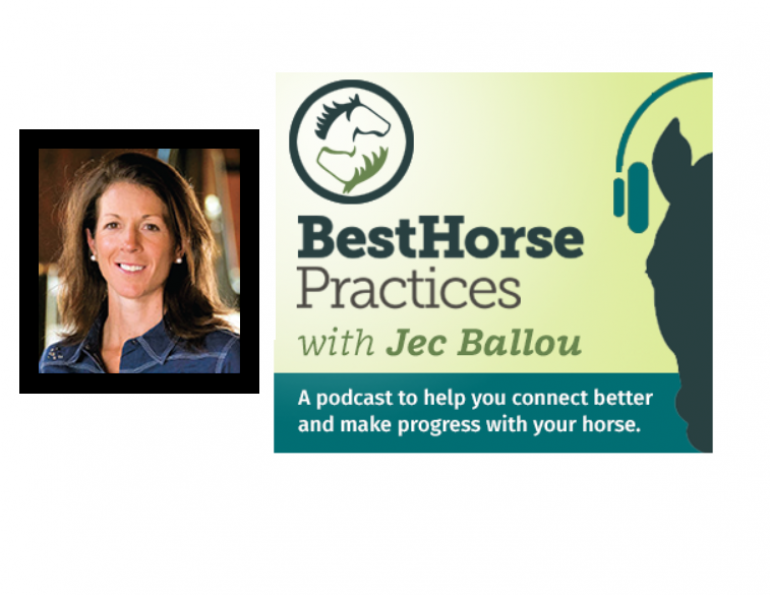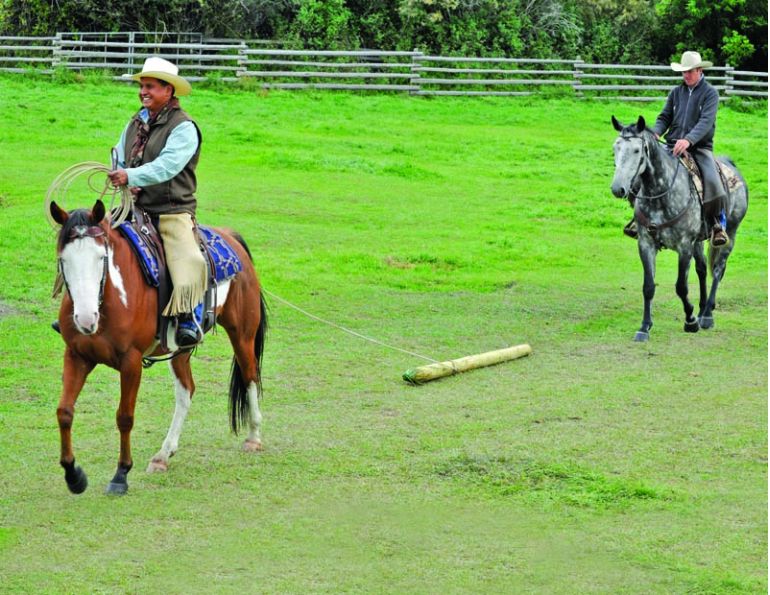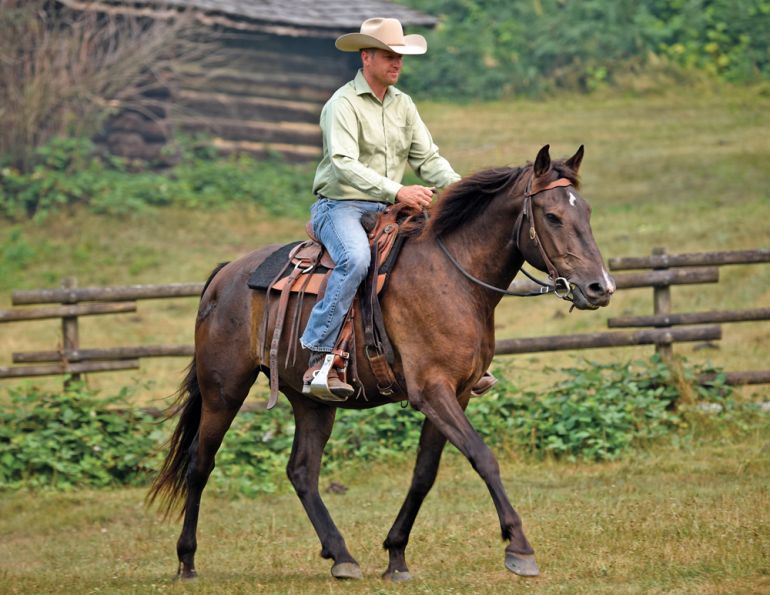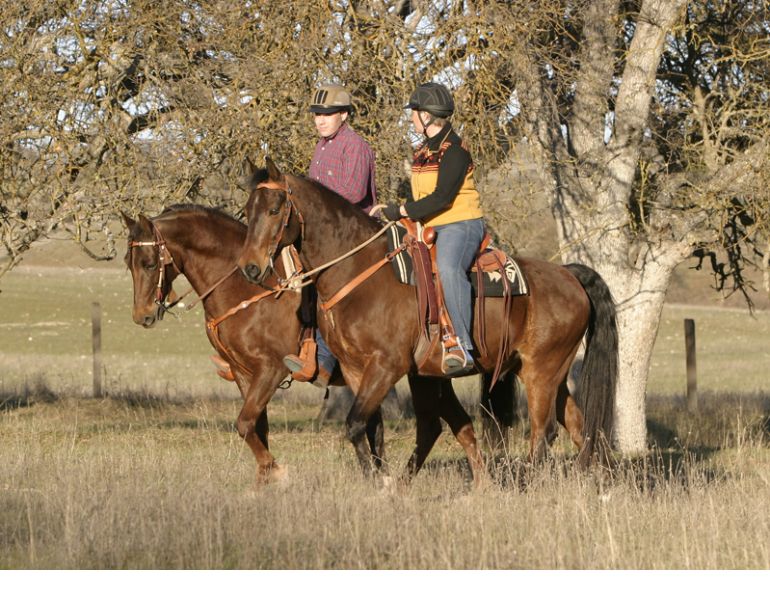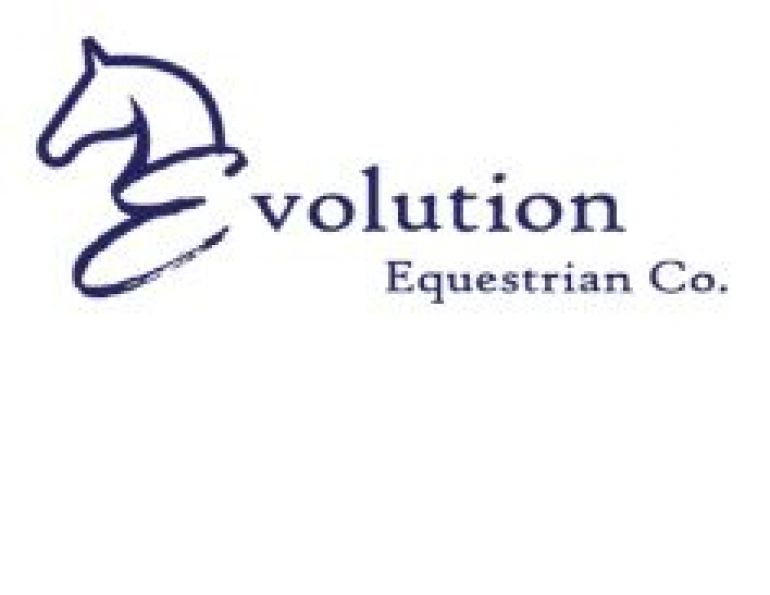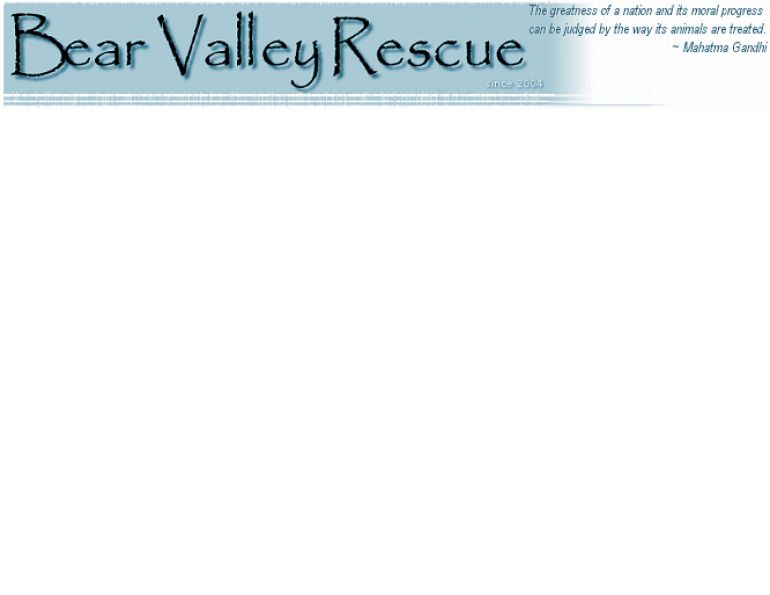By Will Clinging
When we start the training process, there are many factors to consider. Some things involved in training are tangible, such as the equipment we use, the environment we are in (e.g. a round pen or an arena), the physical application of aids, and the horse’s physical response. We can measure these things in terms of how well the horse handles them, or how evasive the horse is when asked to deal with unfamiliar things.
Many intangible factors also play a big role in how teachable the horse will be. Genetics, breed type, age, experience, social skills, personality type, confidence, self esteem, trust, respect, fear, responsibility, past physical or emotional trauma, physical tension, and conformation all affect the horse’s ability to learn and our ability to teach efficiently.
All of these things, tangible and intangible, share a common element: they are stress factors that affect the horse mentally and physically. The horse’s ability to cope with stress will either speed up or slow down the training process.
Because of the way horses think and the manner in which their instincts have developed, they do not have many natural tools to deal with the stress that domestication supplies. Their instinct to run serves horses well in a natural environment, but severely limits their stress coping abilities in our world. Running doesn’t always work because of the limited space horses live in.
Your horse’s expression and actions will tell you when he is getting worried. If you are aware of his threshold for stress, you can respond before he panics, helping him learn to cope with stress instead of becoming overwhelmed by it. Photo: Robin Duncan Photography
We have all kinds of ways to limit or prevent their movement: fences, halters, lead ropes, lunge lines, and bits are all counterintuitive for the horse. When the horse’s coping mechanisms are effectively reduced or eliminated he can quickly become volatile. Basically, the horse will fight if the stress he is presented with is too uncomfortable for him and he can’t run from it.
Any horse that is exhibiting aggressive behaviour is highly threatened. The aggression arises out of a simple defensive need. It is not a rational thought, rather, it is an instinct. That being said, if the perceived threat continues to be present for extended periods of time or is reintroduced to the horse without him having learned not to be afraid, it can lead to the horse anticipating that he will be scared beyond his limits and cause him to switch to panic faster. This means that the horse is not necessarily scared to death — he anticipates that he will be scared, but doesn’t wait for it to happen. The longer he waits to escape, the harder it could be to get away, so why wait?
If we want to change this behaviour, we need to be proactive rather than reactive. Waiting until he has panicked is highly ineffective. Responding before the horse has flipped from rational to scared-out-of-his-mind allows him to stay involved and to actually learn to deal with the stress so he doesn’t feel overwhelmed by it. If you are aware of your horse’s threshold for stress, it is not difficult to work within it. We must be more aware of all the factors the horse is dealing with at any given time. His expression and actions will tell us when he is getting worried. We just have to correctly interpret what he is saying.
To know how much stress your horse is under just watch his feet. In most horses the faster the feet move, the more stressed the horse feels. With some horses, however, the opposite is true: when they panic they stop moving their feet at all because they are too scared to move. The stuck horse is more likely to be explosive rather than just fast.
When the horse is moving his feet he is initiating a flight response. He knows that if he can move his feet he can survive. If the horse is allowed to move his feet, often he can, after a moment or two, relax and stop his feet by himself. The more we try to stop him, the more restrained he feels and the more he will need to keep moving his feet. There comes a point when, if he is increasing the speed of his feet, he will disengage his mind, switch to flight mode, and the intensity will increase substantially. If we are to help him stay calm we cannot increase the intensity of our actions that caused his feet to start moving in the first place. We also can’t stop what we asked him to deal with, so we wait for him to accept that although movement is allowed, it is not necessary. He will then stop his own feet.
When overwhelmed by stress some horses, instead of running, will get stuck. These horses tend to be more explosive, and should be encouraged to move out comfortably. If you want to know how stressed your horse is, simply look at his feet. Photo: Robin Duncan Photography
If the horse’s feet keep speeding up we must be prepared to slow him down to reengage his mind. Basically, the faster his feet move the less he can think, and the slower his feet move the more he can think. If he offers to stop, give him a break to appreciate that he just dealt with something scary.
If he stays stopped for too long his feet can get stuck, which is just as bad as feet going too quickly. A stuck horse is likely to panic in order to escape from what has him trapped. If your horse gets stuck you may have to abandon what you are doing and get him moving. Non forward thinking horses get stuck easily, so encouraging these horses to move forward comfortably is very important. The horse that lurches forward and stops is half stuck all the time, so he will be hard to teach until he can go forward easily.
The horse that won’t go is just as stressed as the horse that can’t stop. Both are close to their limit for stress so anything you try to teach will not be fully understood. In either case it is likely that you will have to abandon your lesson plan and concentrate on helping your horse find some kind of comfort in moving his feet.
If we can be aware of what the horse’s feet are doing, we can help him. If he is too fast, we need to be less assertive. If the feet won’t move at all, we may need to be more assertive but also less concerned about where he goes. We don’t care where he goes as long as he goes. Eventually the horse will find a rhythm and then some balance and things will get much easier. We can learn all we need to know if we just watch the feet.
Main article photo: A horse’s natural instinct is to run away from stress. If the stress is too much for him to handle and he cannot run, he will fight.




